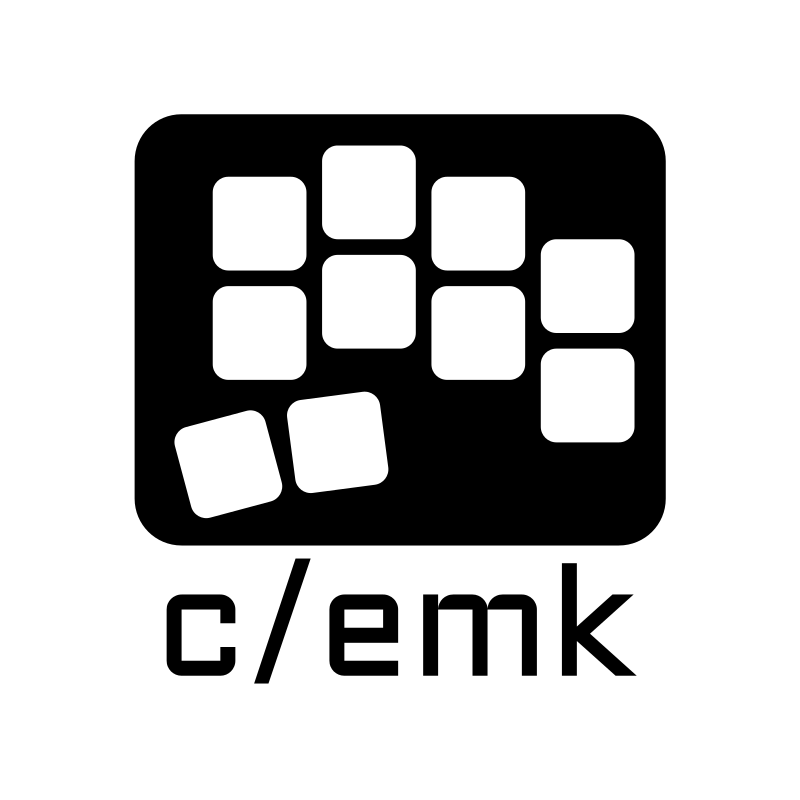

Me too. I really like it and I break it out for a number of tasks but, suspending vim is far too ingrained in my muscle memory to switch to something that doesn’t handle it.


Me too. I really like it and I break it out for a number of tasks but, suspending vim is far too ingrained in my muscle memory to switch to something that doesn’t handle it.


It also knows when you’re home based on the occupancy sensors. I’m also not worried with their data collection so, mine is also not blocked from internet access.


I run my Truenas Scale with 5 mirror vdevs. This is sort of like raid 10 (I don’t need the differences explained to me). This means that I get 50% of the raw storage as usable but, it means that to upgrade space, I only need to upgrade two drives at a time. It also means that replacing a failed drive is fast, much faster than replacing a drive from a raidz* vdev. As you move to Truenas, this is something to consider. Given that you’re going to have 4 drives total, I don’t think you’d be wasting any additional space as you shouldn’t consider raidz safe (same problem as raid 5, high risk of second drive failure during rebuild) which leaves you at raidz2.


You can build / pay someone to build a Dactyl manuform with hot swap sockets. It will look very different from the glove80 but the key positions can be similar with some parameter tuning. That being said, I’m unconvinced that any of the concave key wells will be correct for most people’s hands and therefore, they should always be customized. My glove 80 feels like where I started with my manuform (the default parameters) while my current manuform feels much more natural.


I’m curious if you’d be willing to share the generator and qmk config. I’ve been wanting to rebuild my Dactyl with screens and a rotary controller + trackball on the right. I’m pretty set on building it myself as I’ve basically customized all of the parameters to better fit my hands and I’d likely need to print a bunch of cases to tune them for the modifications. That being said, I’d much rather just pay you to build it.


As always, it depends on use case and needs. For my use case (hot storage for vm disk and stateful kubernetes workloads) Truenas Scale doesn’t require any tinkering. Just install it and configure the storage, networking, and shares. The latter of which is currently completely handled by a kubernetes operator. This is about equivalent effort to Synology but with a much less user friendly interface.
For more than a storage target, I wouldn’t really recommend it. It does have “Apps” but the setup is semi-involved and does leak some of the implementation details. You can also run vms but the experience is much worse than a dedicated hypervisor.
So, I have both for different purposes. I wouldn’t want to put my hot storage on Synology because the hardware is pretty expensive and gets really expensive to get the features I would need (10gb and likely more ram to support the workload) but it’s pretty good for bulk storage and the app platform is fine for the supported things.
So, I’d say that a new Synology is probably best for you. I upgraded from a DS1513 to the the DS1821+ and the improvement is nice. I would recommend you get more bays than you need as it makes gradually increasing your storage smoother with SHR. If you use SHR, SHR-2 is the one to use as a failure during rebuild isn’t exactly unlikely with similar drives. Since that requires a 4 drive minimum of a particular size to make the space usable, 5 drives is pretty limiting in terms of incrementally upgrading.


My DS1821+ has been rock solid but so has my Truenas Scale server and I ask a whole lot more of the latter. The “problem” with synology is that you’re paying a lot for the hardware that you get. Whether that premium is worth it is a personal decision. For the price, I would have liked to see a 10gb port and more than 4gb of ram. So, the question is how much do you value the synology interface and ease of use?


I use logseq to record any manual steps as well as any administrative actions that I take on a service. That being said, all of my homelan infrastructure is codified and stored in git in various ways so, it can be recreated as needed. There are very few manual steps in reconfiguring any of my services.


I’m not seeing where it needs aws. It does need an s3 API compatable object store but there are a number of them that are self-hostable. I might have missed it in my brief reading of it.


I really like Authentik after using keycloak for quite a while.
Double the training data, double the trained context (4096 now), a chat tuned varient, the omission of the 35b model for now (it apparently isn’t “safe” enough), and commercial use is allowed (not that most of the people using llama cares about licensing).
It does appear to work for me.
This is my ingressroute for lemmy:
apiVersion: traefik.containo.us/v1alpha1
kind: IngressRoute
metadata:
name: lemmy
spec:
entryPoints:
- web
routes:
- kind: Rule
match: Host(`threads.ruin.io`) && PathPrefix(`/api/`)
services:
- kind: Service
name: lemmy
passHostHeader: true
port: 80
- kind: Rule
match: Host(`threads.ruin.io`) && PathPrefix(`/pictrs/`)
services:
- kind: Service
name: lemmy
passHostHeader: true
port: 80
- kind: Rule
match: Host(`threads.ruin.io`) && PathPrefix(`/feeds/`)
services:
- kind: Service
name: lemmy
passHostHeader: true
port: 80
- kind: Rule
match: Host(`threads.ruin.io`) && PathPrefix(`/nodeinfo/`)
services:
- kind: Service
name: lemmy
passHostHeader: true
port: 80
- kind: Rule
match: Host(`threads.ruin.io`) && PathPrefix(`/.well-known/`)
services:
- kind: Service
name: lemmy
passHostHeader: true
port: 80
- kind: Rule
match: Host(`threads.ruin.io`) && Method(`POST`, `PUT`, `DELETE`, `PATCH`, `CONNECT`)
services:
- kind: Service
name: lemmy
passHostHeader: true
port: 80
- kind: Rule
match: Host(`threads.ruin.io`) && HeadersRegexp(`Accept`, `application\/(?:activity|ld)\+json`)
services:
- kind: Service
name: lemmy
passHostHeader: true
port: 80
- kind: Rule
match: Host(`threads.ruin.io`)
services:
- kind: Service
name: lemmy-ui
passHostHeader: true
port: 80
It seems to work correctly. Given that you’re not using kubernetes, you’ll need to do some translation work.


There are multiple ways to evaluate usage. I’ll go with what I would guess is your desired measurement, things that I use intentionally (as opposed to things like dns, which just happen incidentally to other things or automation based things which are continuously running but not necessarily interacted with):


Is there something wrong with the nixpkgs module?
I just installed Netflix directly from Google play, maybe it has changed 🤷♂️